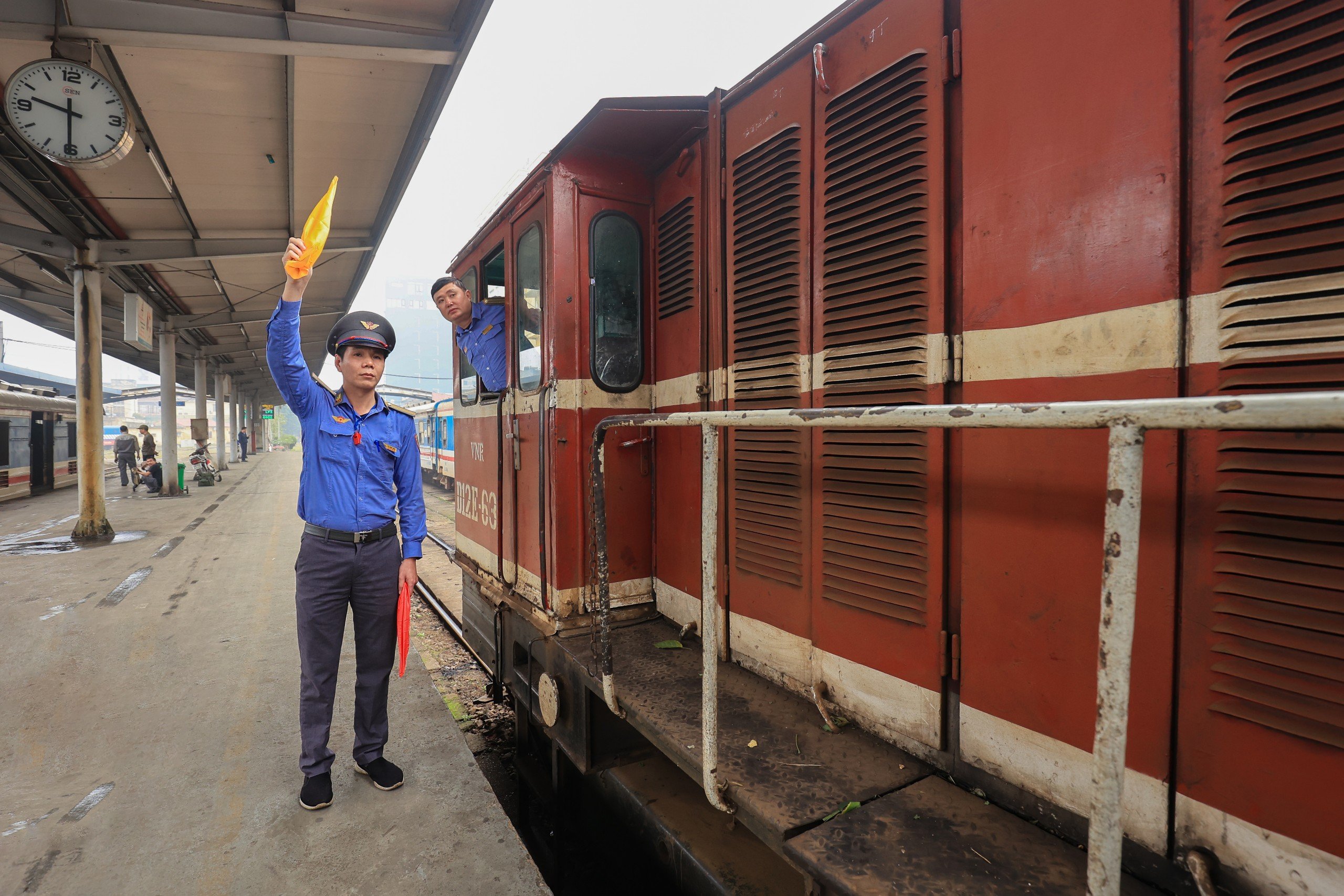
To form trains and organize train operations, at train stations, there must be railway staff directly serving train operations, including the following positions: station train dispatcher; train operator; shunting chief; switchman; locomotive and wagon coupling staff. According to the law, these staff must have a degree or professional certificate appropriate to their position. When performing their duties, they must strictly comply with the procedures and regulations for each position, and must also comply with the technical procedures and regulations of each station (Photo: Hanoi station train operator signals to welcome passenger trains into the station).
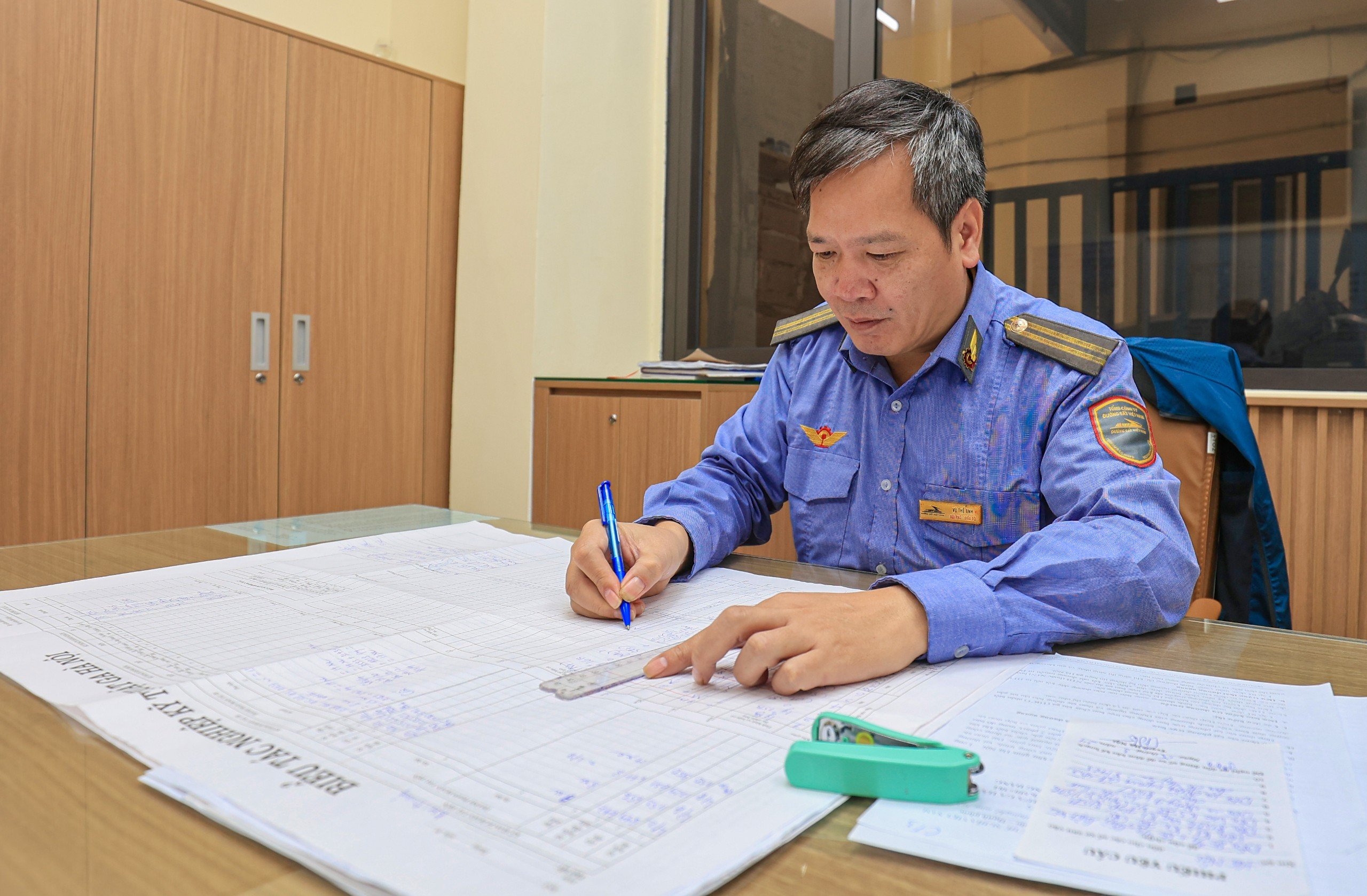
Mr. Vu The Anh, Head of the Hanoi Station Train Running Team, said that depending on the station, the train formation is different. With Hanoi Station being a class I station, the formation is about 14 people, of which the team leader is also the dispatcher, in charge of implementing the plan to establish, dissolve, welcome, send off trains and move carriages. There are three train operators: planning operator, outside operator, track operator, and the rest are connecting staff and switchmen. "To organize train operations and ensure safety, a unified chain is needed. Each position has its own responsibilities and pressures. If someone at the scene makes a mistake or does not operate properly, the locomotive or carriages can derail, directly threatening train safety. In the train operation room, if the planning operator makes a mistake on the control station (presses the automatic signal control button), there is a risk of two trains colliding, with dire consequences. Therefore, everyone must voluntarily comply with the operating procedures, uphold a sense of responsibility, and at the same time self-check and supervise each other to enhance safety," said Mr. The Anh.
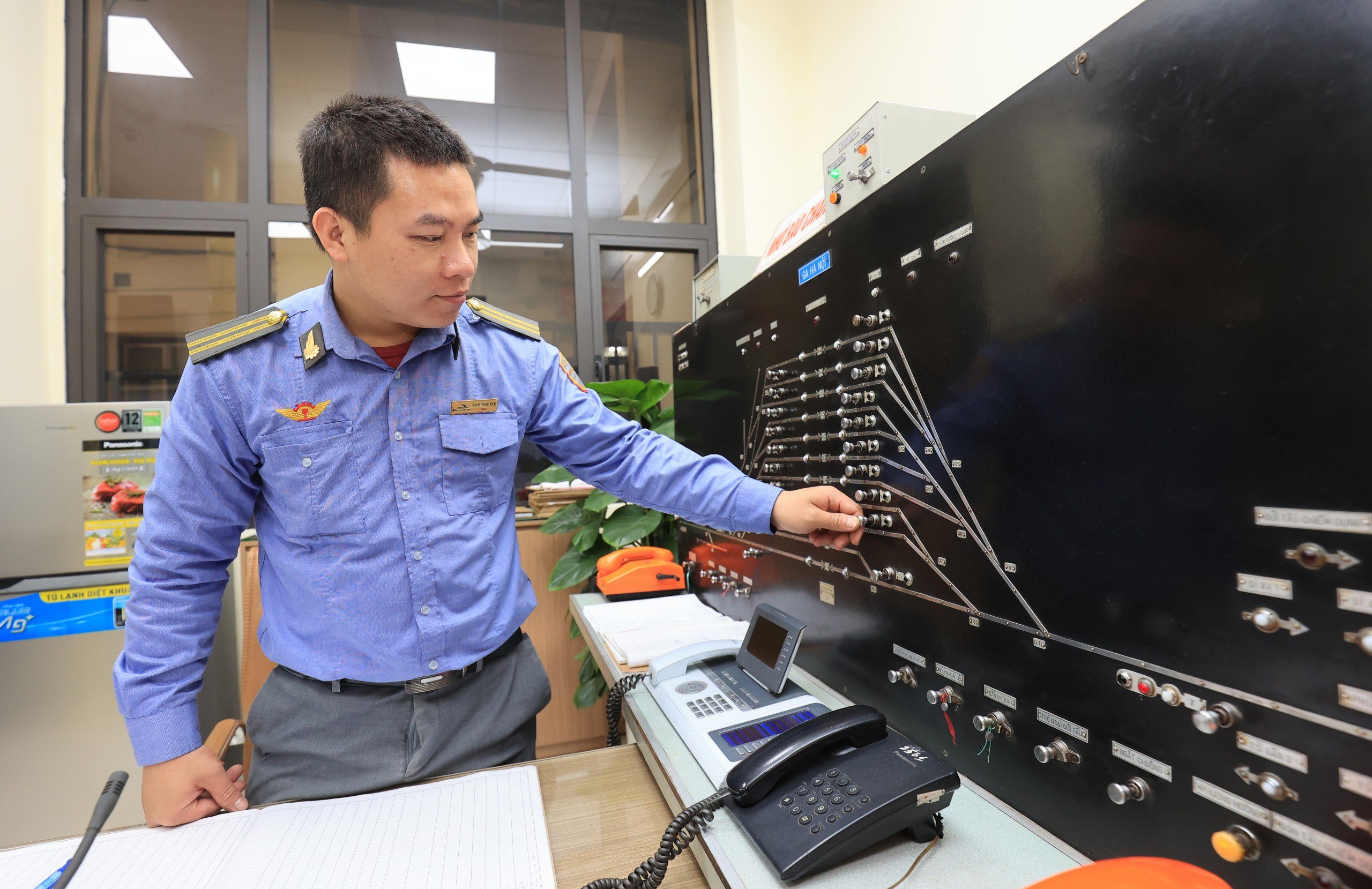
Mr. Phan Trung Kien, the train operator on duty at Hanoi station, said that a team works 12 hours, from 6:00 in the morning and from 18:00 at night. But the brothers must be present half an hour in advance for a meeting, the team leader will brief them on the situation, and assign work. There is no break time in those 12 hours, except for meal times. Moreover, each team at Hanoi station performs more than 100 train shifts, welcoming and seeing off trains mainly at night with more than 30 trains, so there is no long break time (Photo: On duty Phan Trung Kien presses the operating button on the control station).
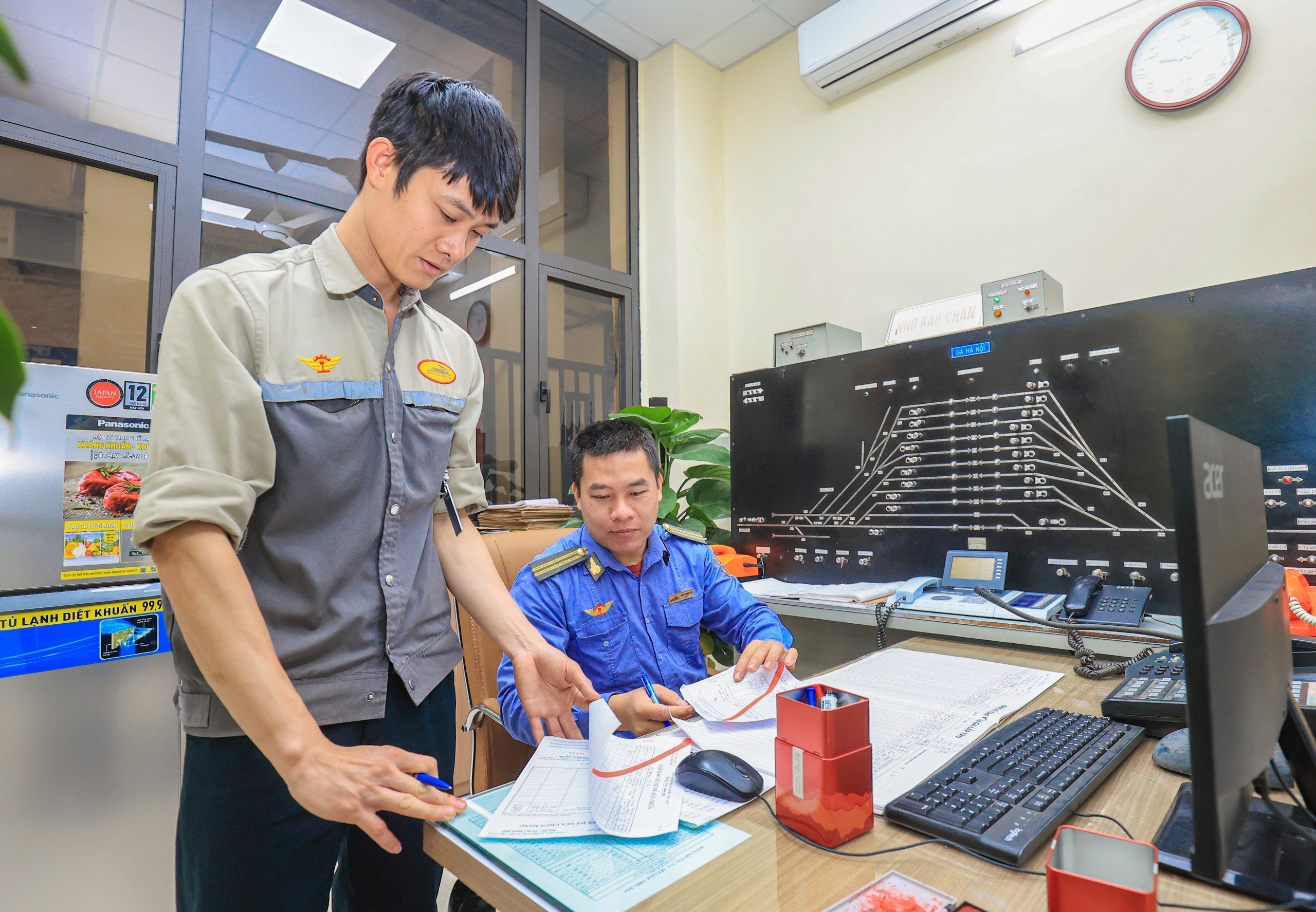
The planning officer sometimes receives phone calls to report train plans, sometimes reports an upcoming train to the level crossing guard, then reports to the switchboard guard to operate the recording, receive and see off trains, and also reports and confirms with the joint departments in the station area such as inspecting and repairing train cars according to regulations.
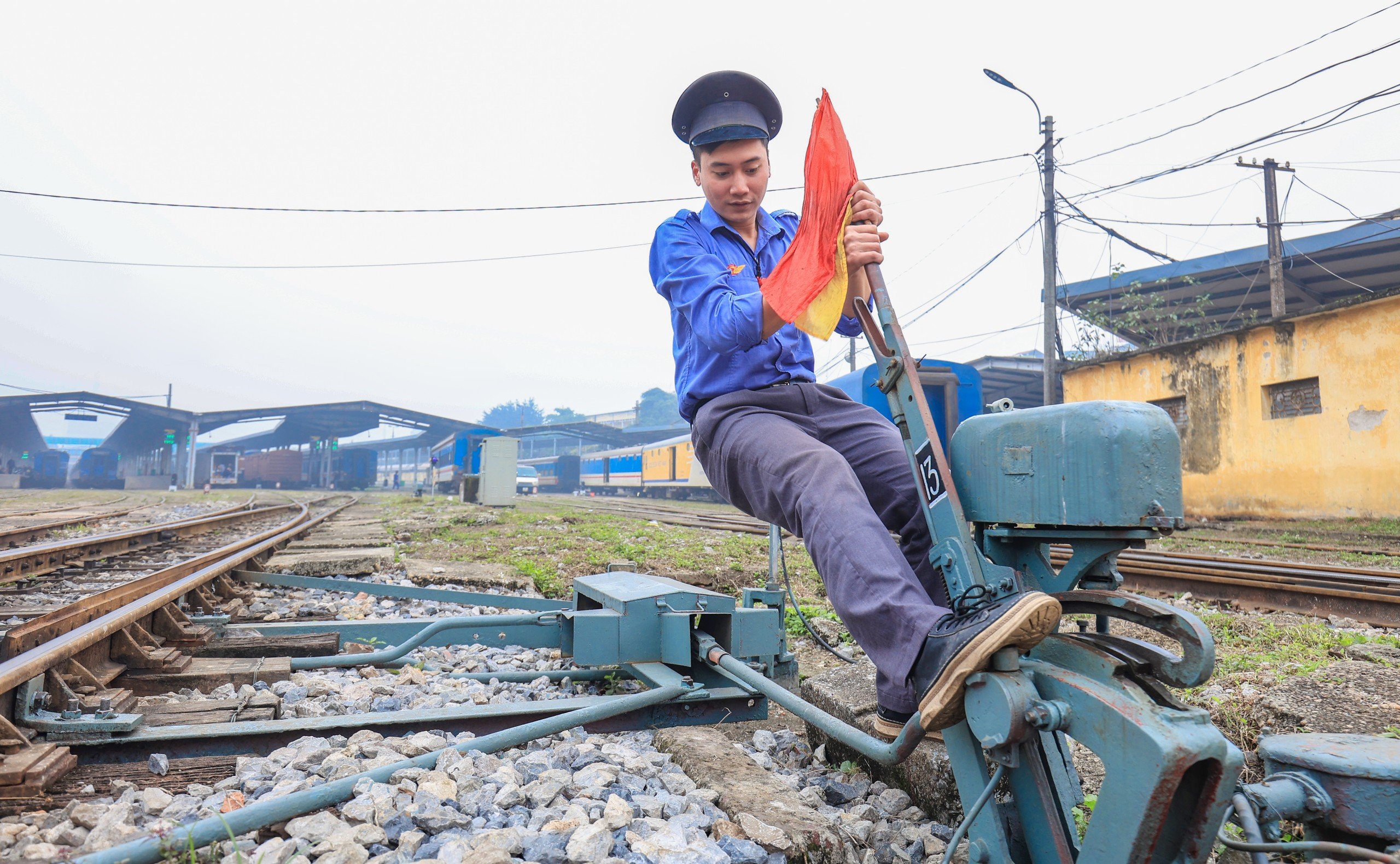
The switchman opens/closes the switch for the train, the train gathers at the station number according to the request of the station officer, and at the same time observes and ensures safe crossing of the switch. Mr. Dang Van Tien (from Thai Binh) has been working as a switchman and liaison at Hanoi station for over a year. He shared that he had done many jobs before deciding to become a railway employee. Although the job is stable, the salary is still low compared to the work pressure and living standards in the capital. Like him, about 6.7-6.8 million VND/month, if the unit does not create conditions for accommodation, it will be very difficult to rent a house.
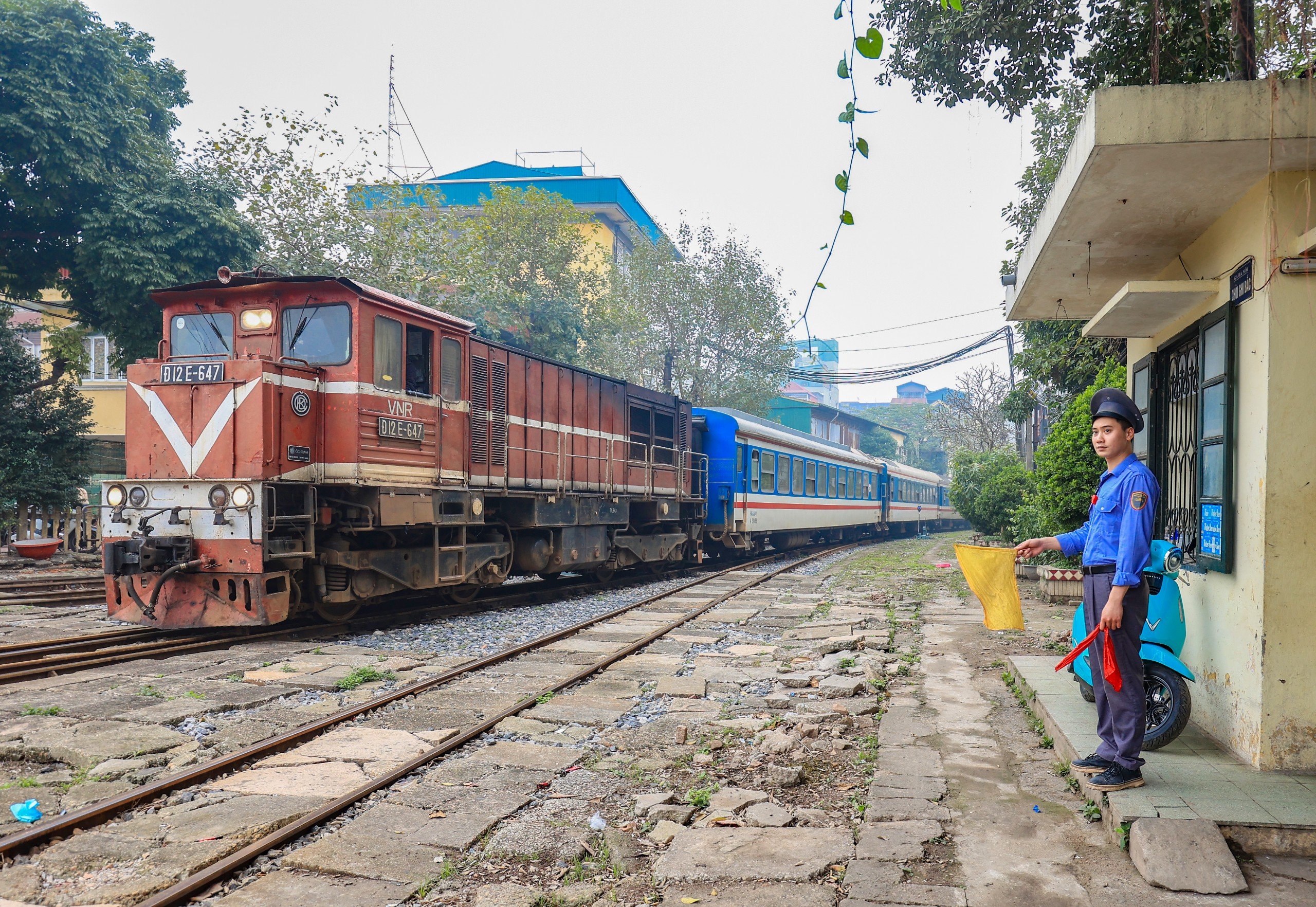
The duty of the switchman is not only to turn the switch and clear the way, but also to observe whether the road is really clear and free of obstacles before the train or the group arrives. When the train passes, continue to observe whether there are any problems that threaten the safety of the train so that the driver or the train captain can stop the train in time.
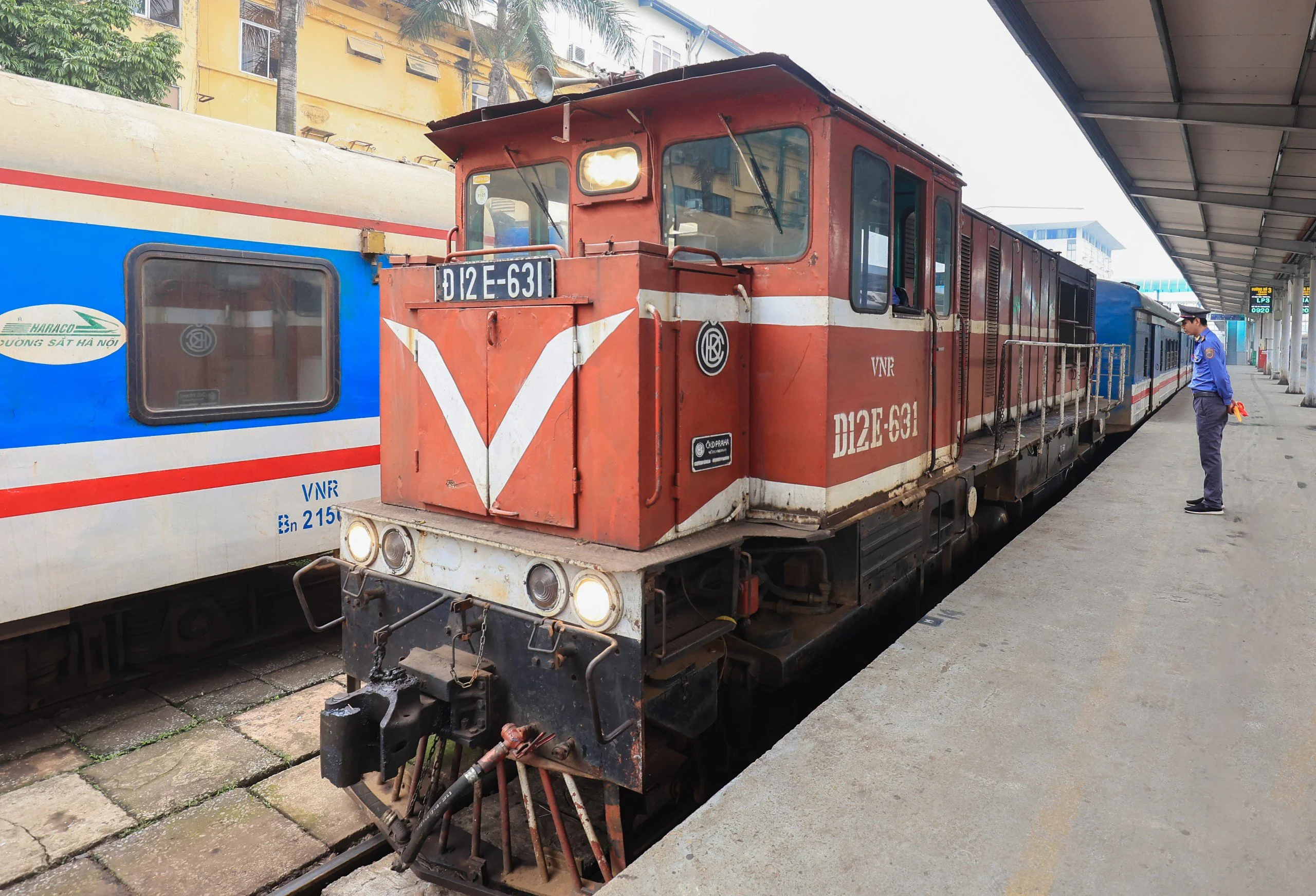
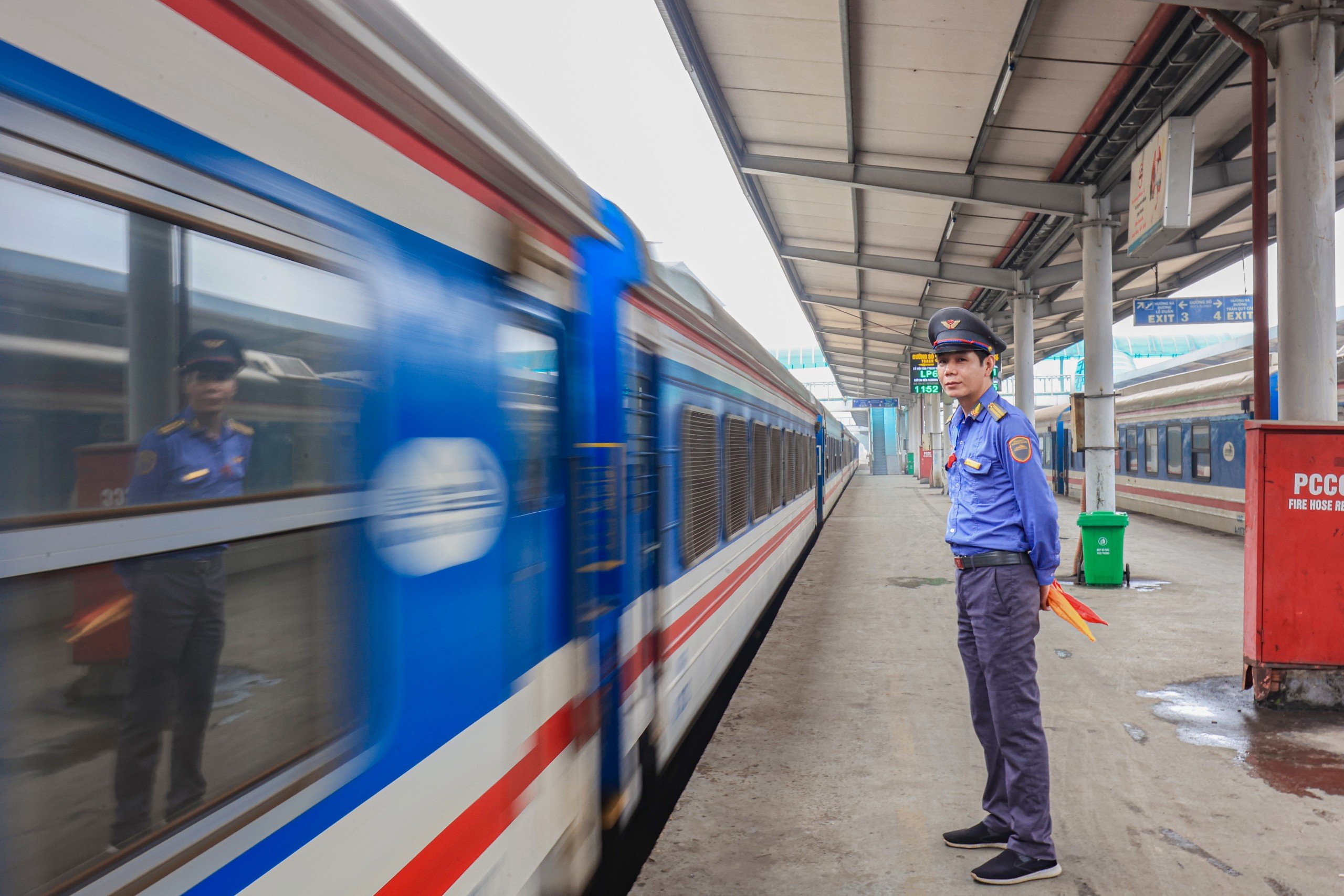
The outside duty officer is responsible for working with the train captain and the procedures for the train to run, checking the track, receiving and sending off the train; checking and supervising the switchboard. The track duty officer must count the carriages in the station, then based on the train planning, make the shunting slips for the shunting team to carry out, specifically cutting or shunting which carriage number to which train, on which track, the order of the carriages... At the same time, supervise and urge the shunting work at the scene, on the one hand, ensuring that the work is carried out according to the operating procedures, ensuring safety, on the other hand, immediately handling any adjustments that arise to ensure smooth operation (Photo: The outside duty officer after receiving the train, must observe the process of the train entering the station to ensure safety).
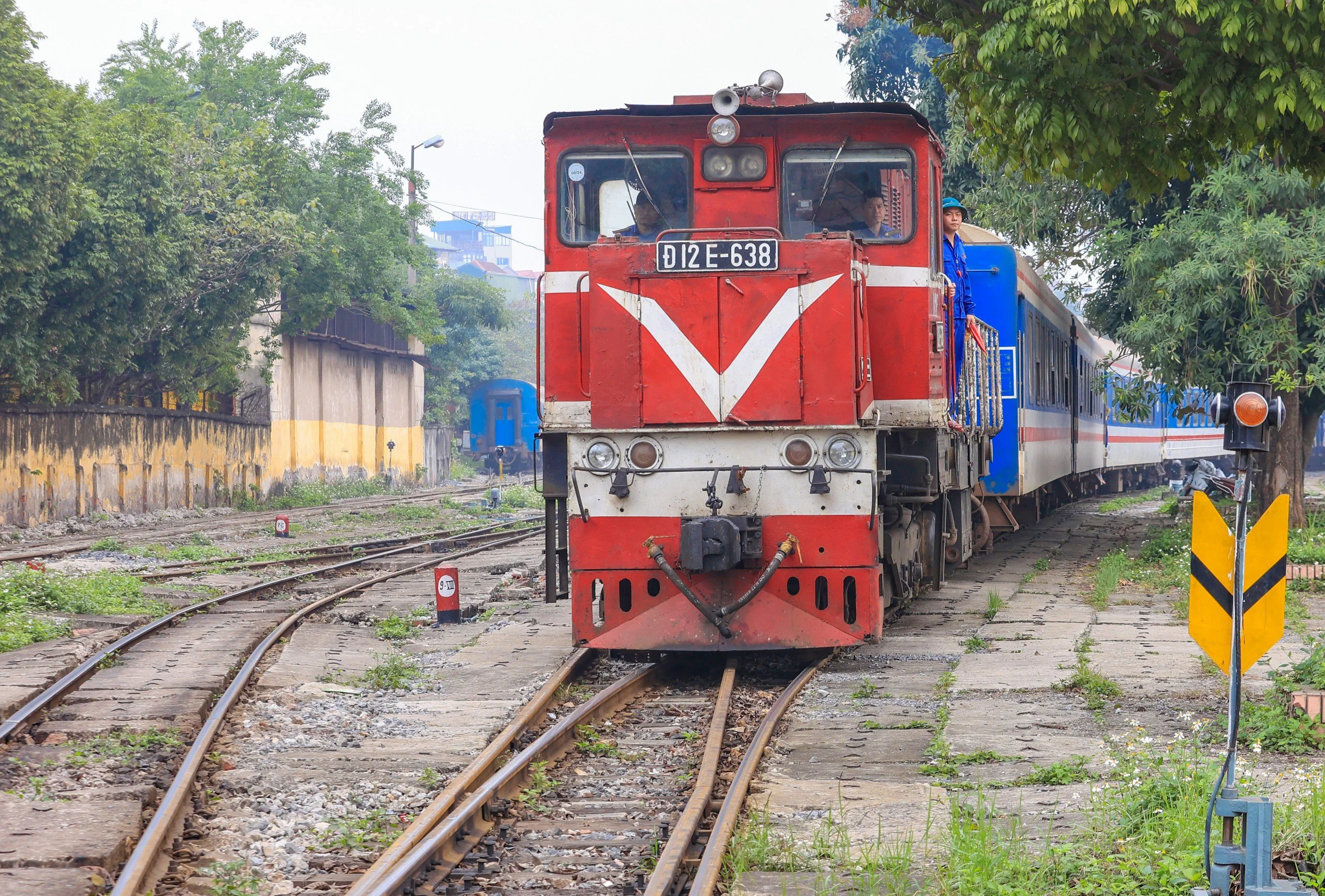
Mr. Phan Trung Kien, who has been working as a train operator for more than 10 years and has held many positions, said that the shunting and coupling staff play an important role in implementing the shunting plan. This job is hard because they have to climb up, down, and hang on to the train cars. Not to mention that with passenger cars, they have to remove the electric switch and hang it in a fixed position so that it does not fall when the car moves, causing unsafe conditions. During holidays and Tet, the train is crowded, and many trains have to be disbanded and formed, so the workload and pressure are even greater. (Photo: Shunting and coupling staff hang on to the locomotive and train cars, observing and signaling).
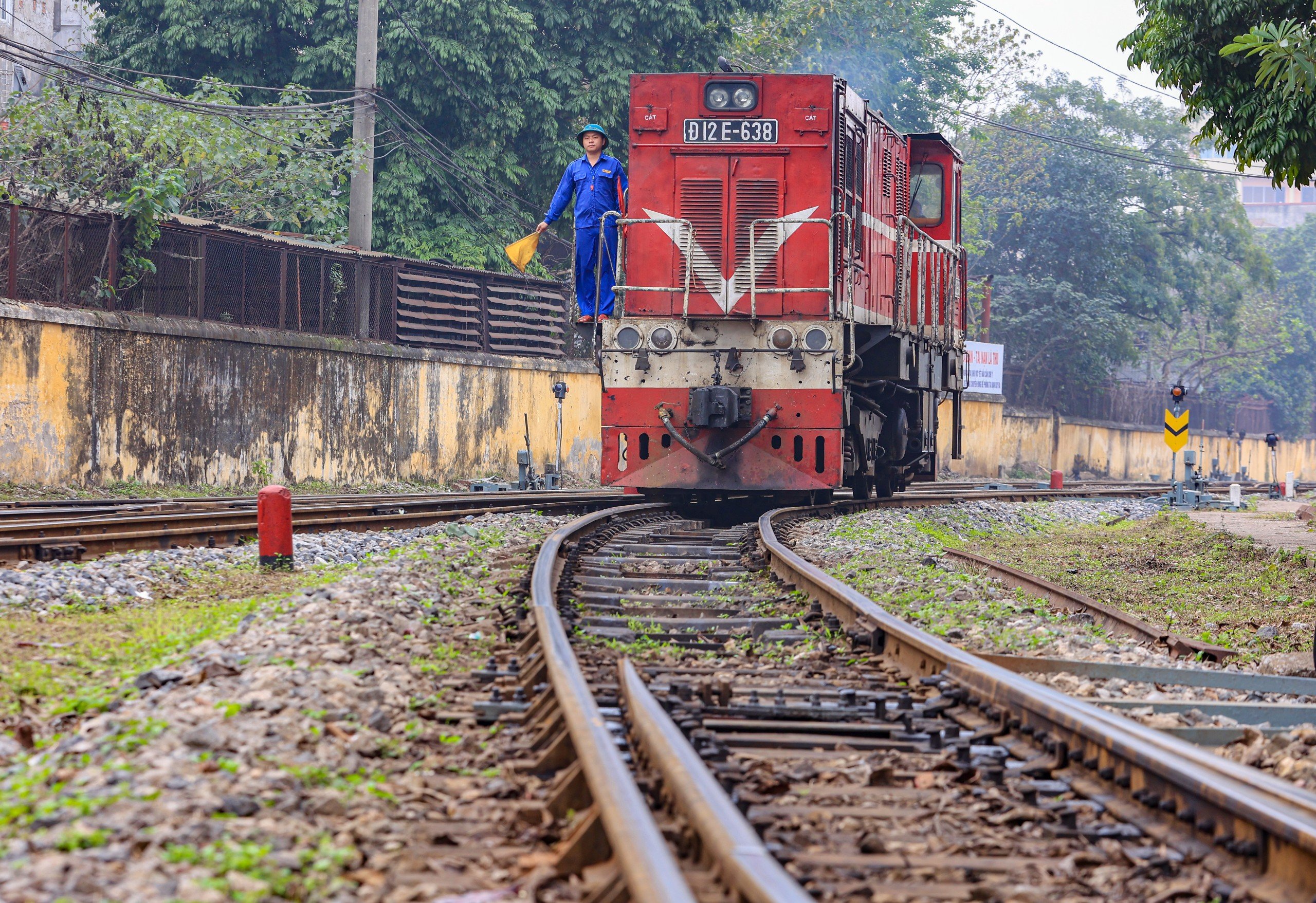
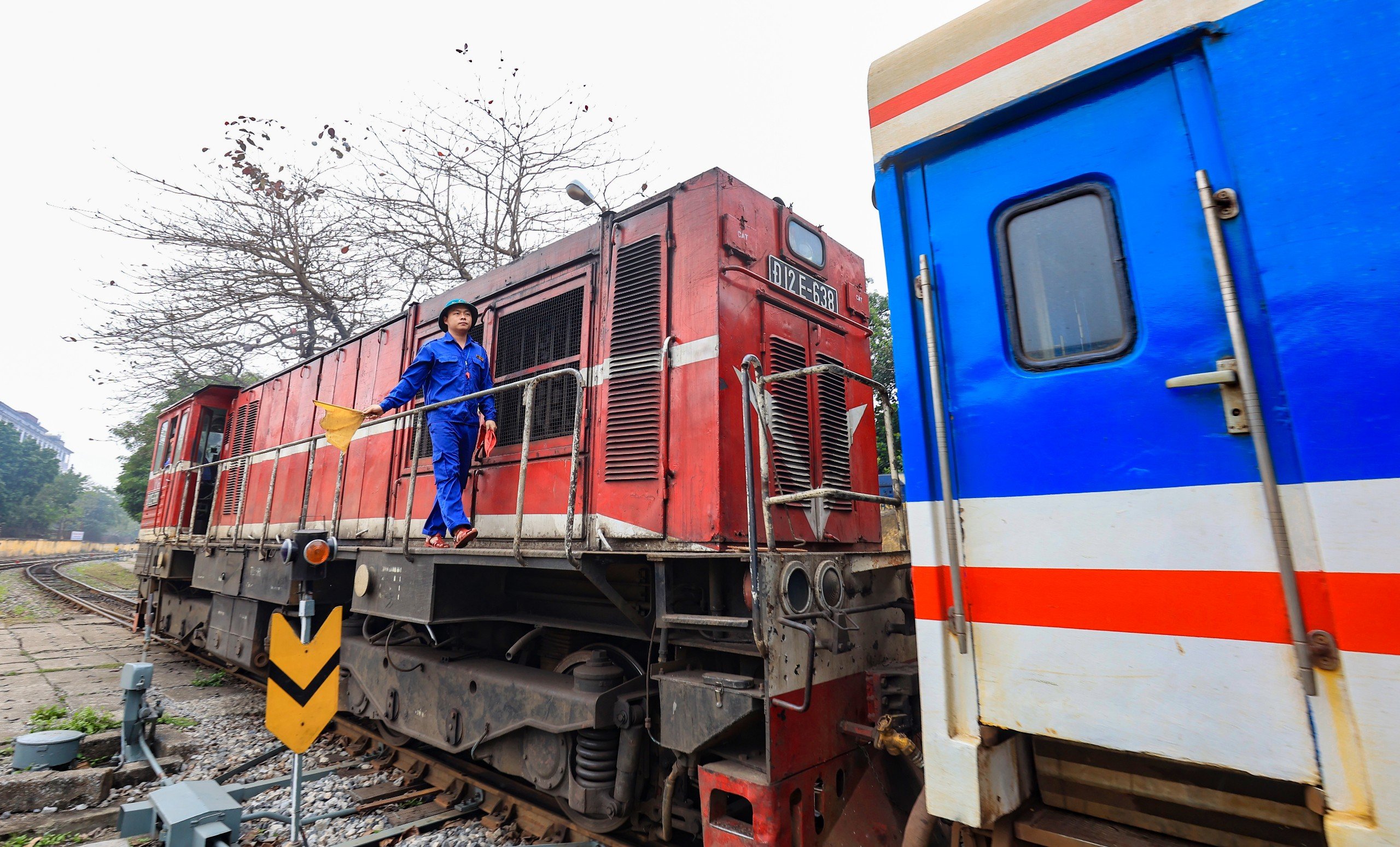
The shunting chief is usually at the locomotive's position, observing the front and rear, receiving signals from the coupling staff to signal the train driver to perform the operation.
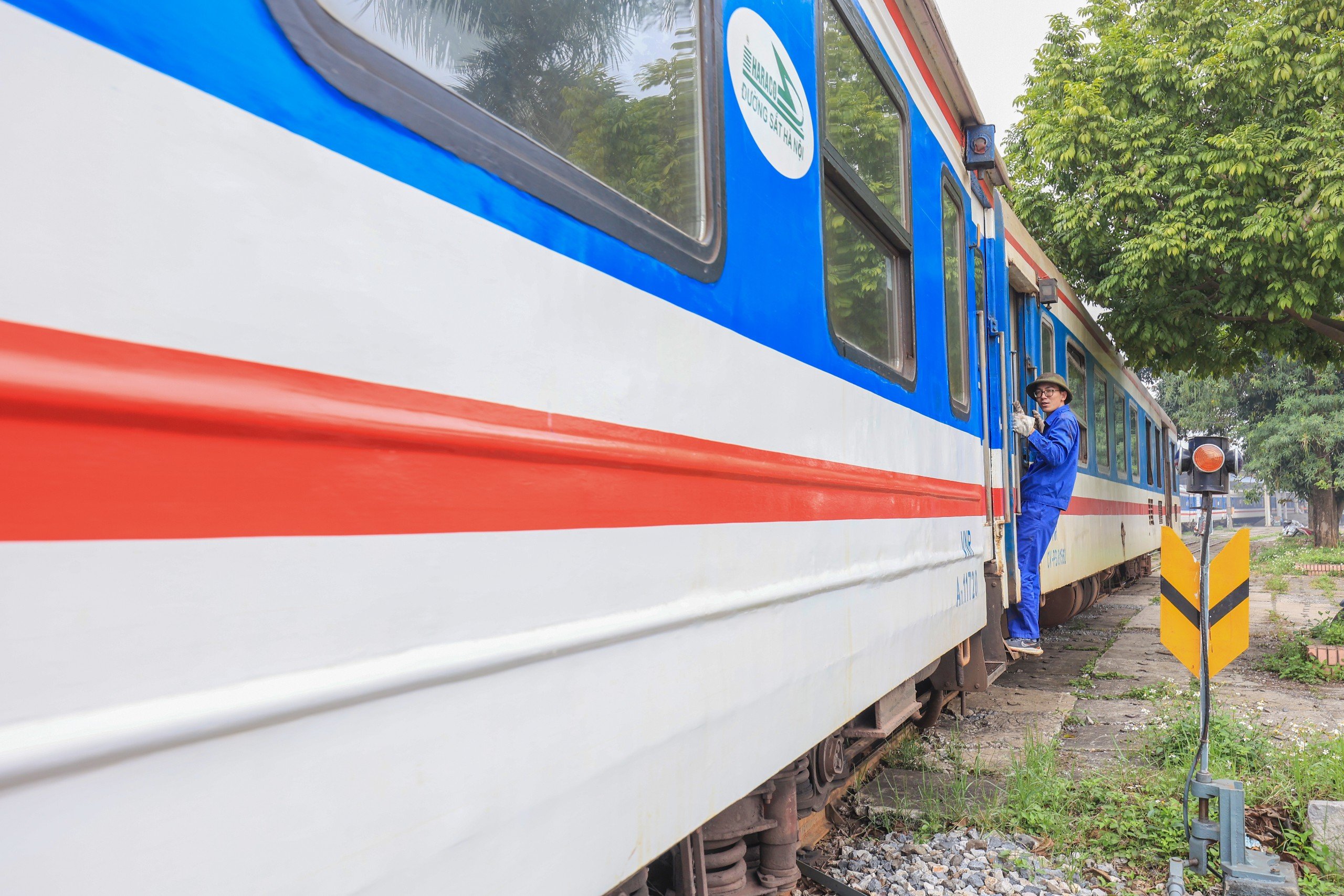
The splicing staff must hang on to the train cars, observe front and back, and give safety signals to the splicing leader.
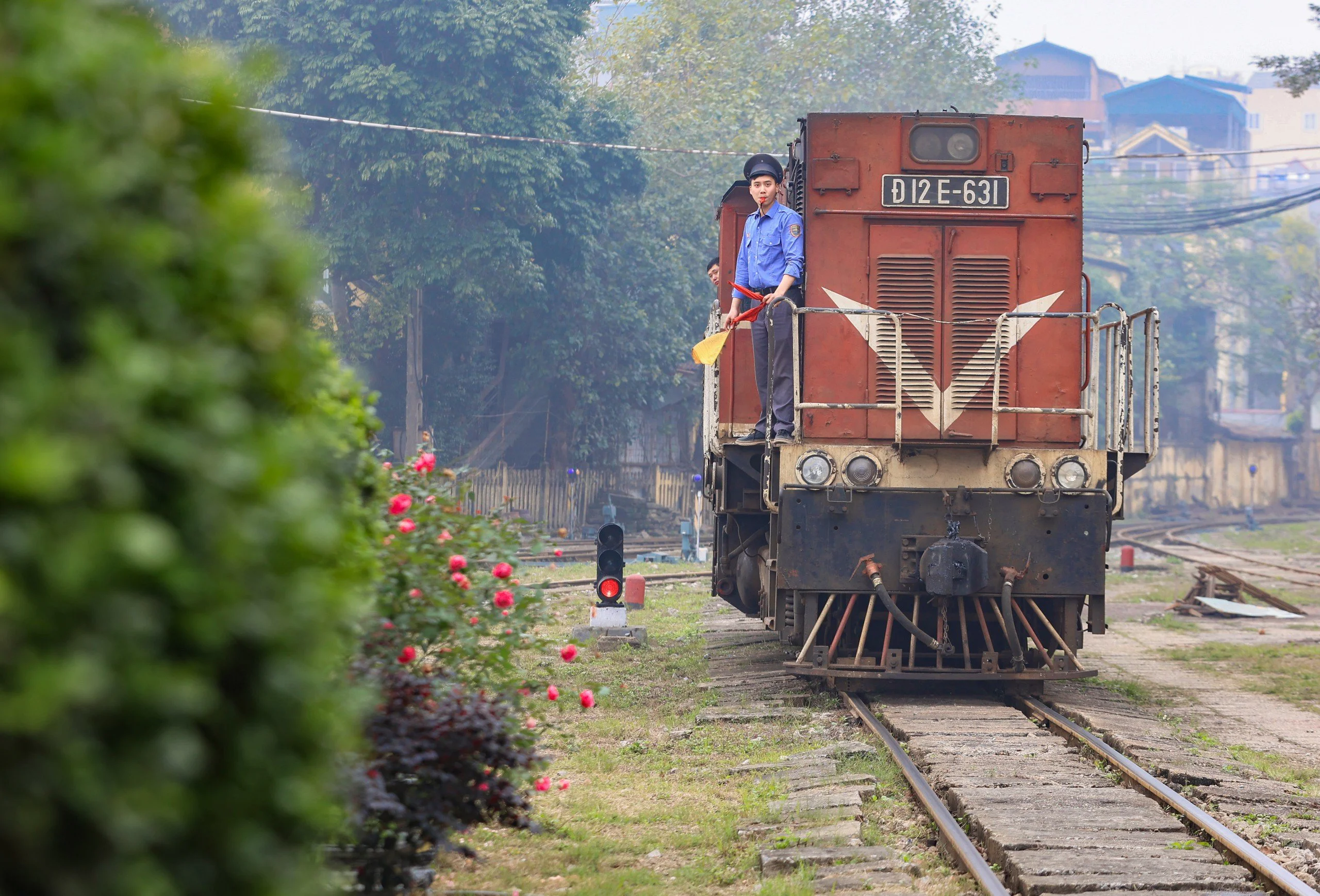
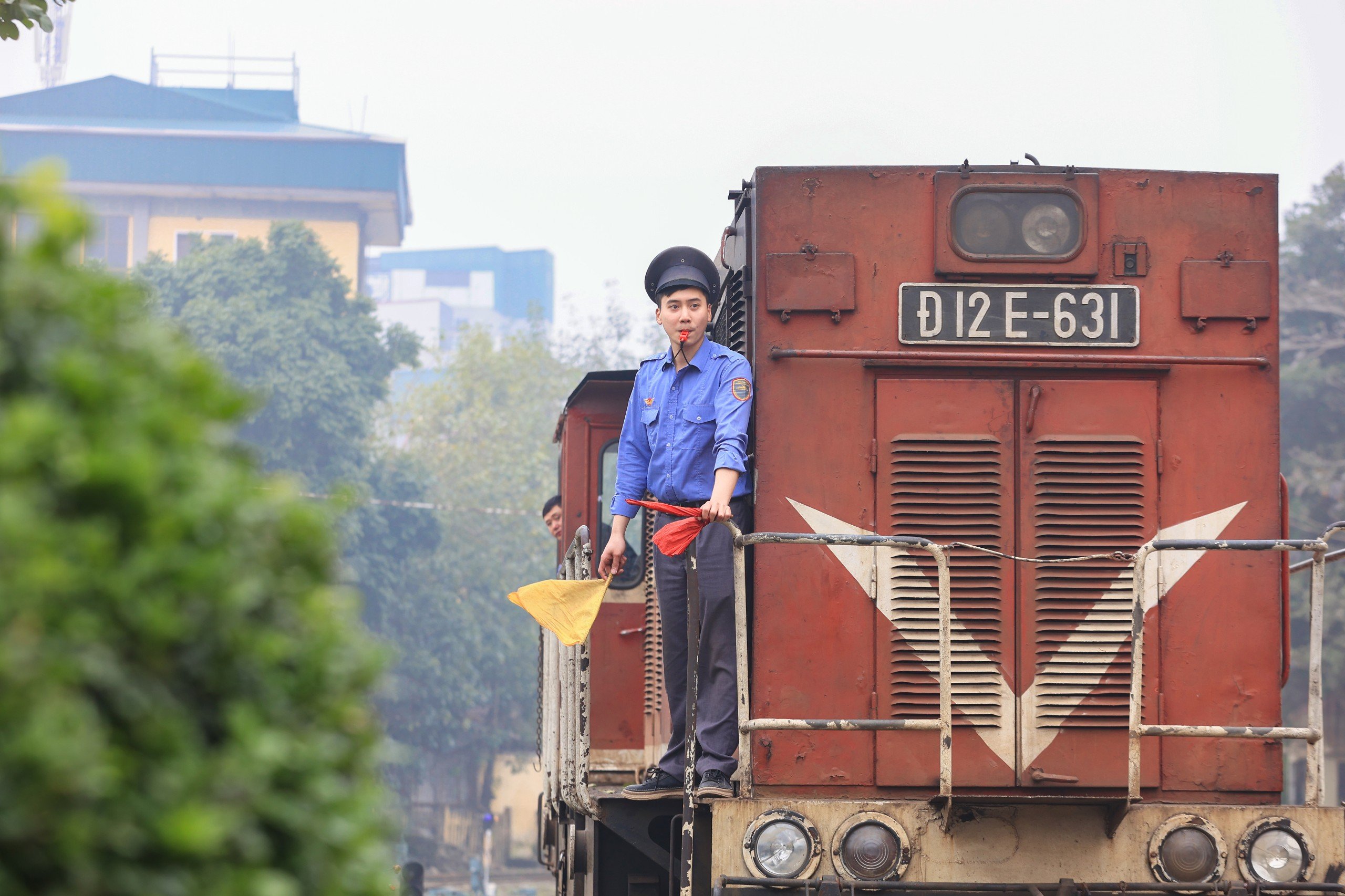
Even when the locomotive, carriage, or train has passed the mark, the guard must continue to observe, ensure safety, and properly execute the train operation and shunting plan.
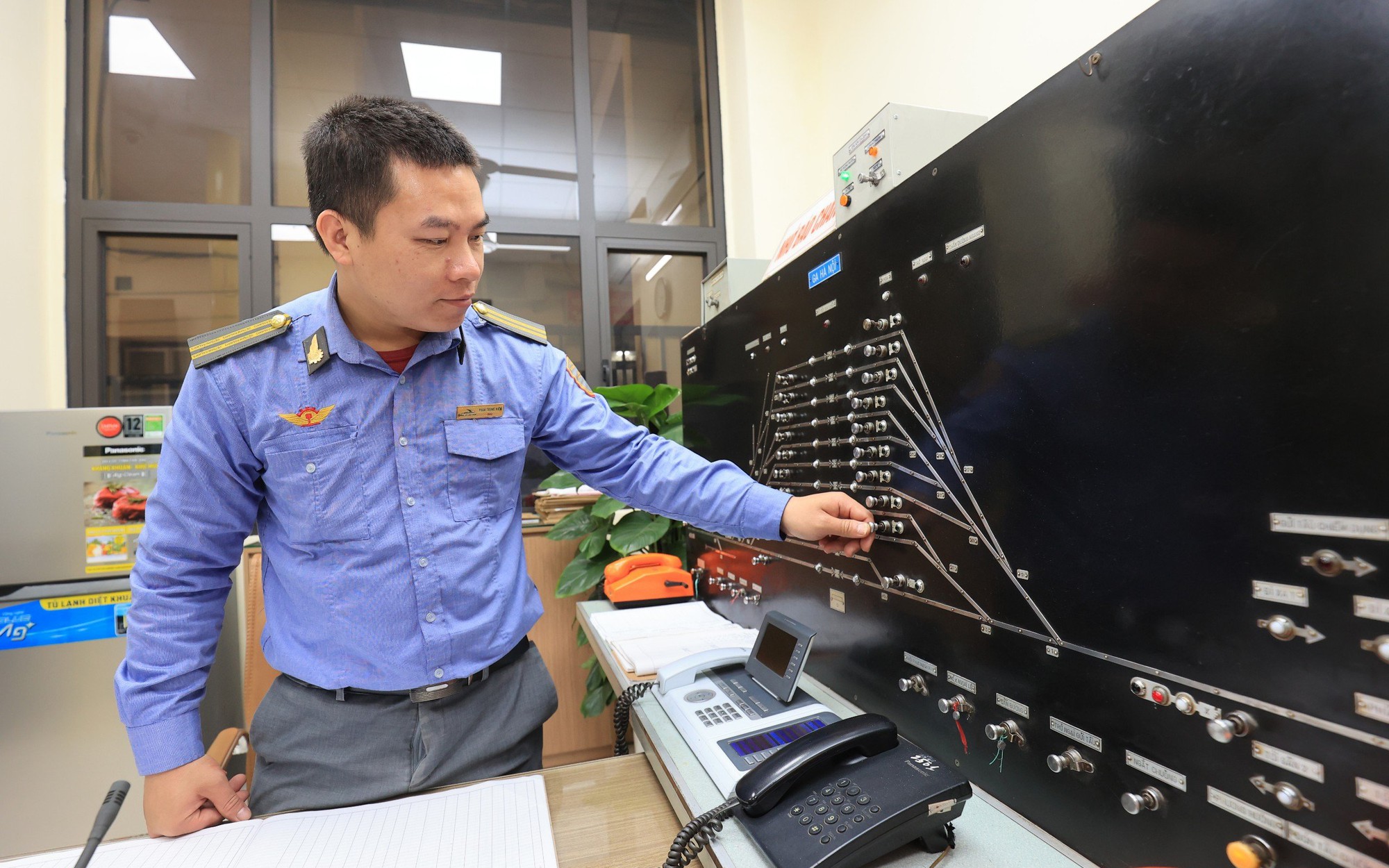 The hard work of a train station security guard
The hard work of a train station security guardSource










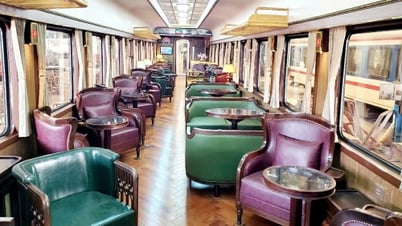


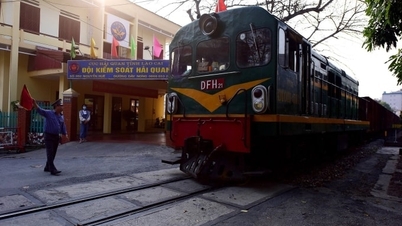

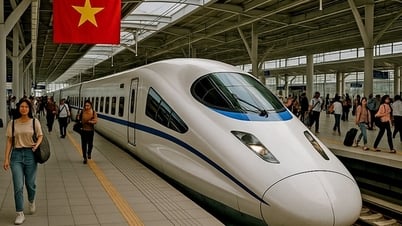

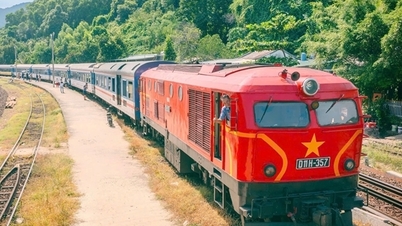



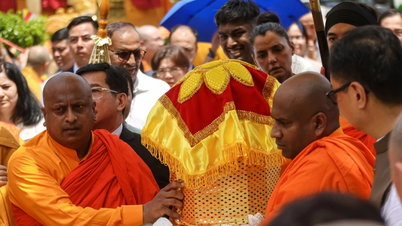











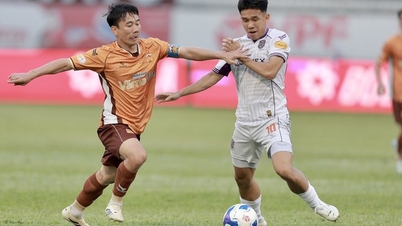









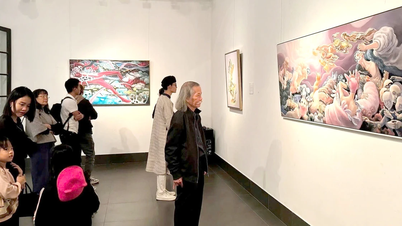








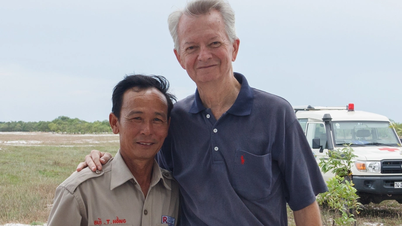
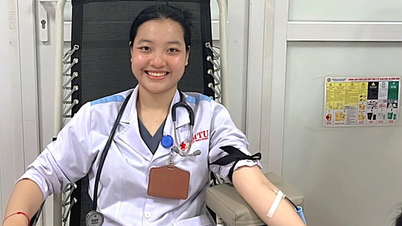













![[Photo] Prime Minister Pham Minh Chinh talks on the phone with Singaporean Prime Minister Lawrence Wong](https://vphoto.vietnam.vn/thumb/402x226/vietnam/resource/IMAGE/2025/5/8/e2eab082d9bc4fc4a360b28fa0ab94de)







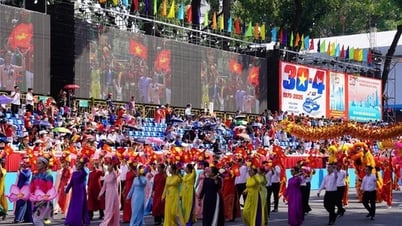
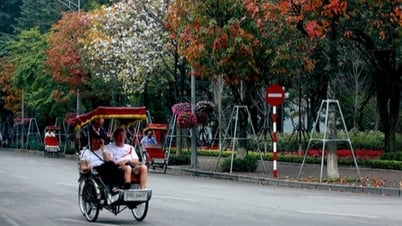




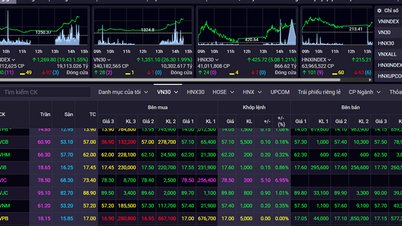



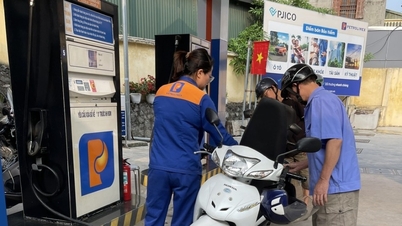















Comment (0)